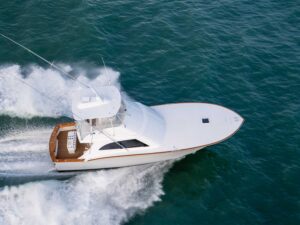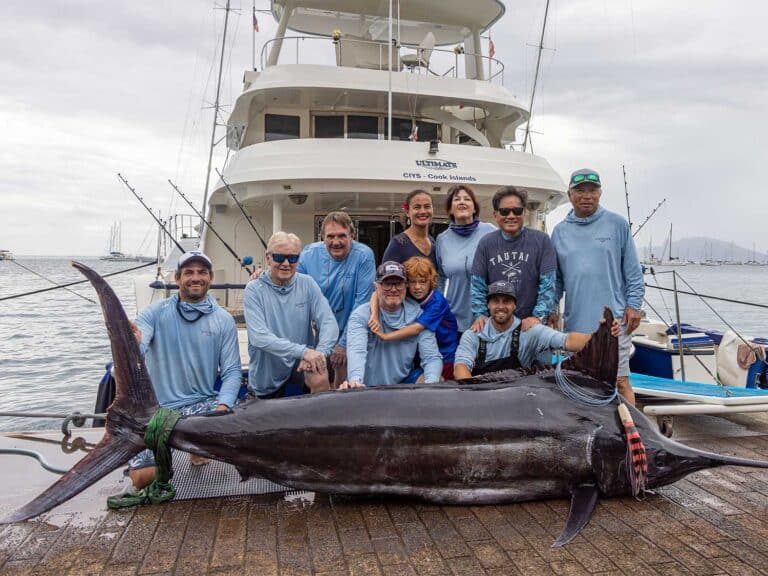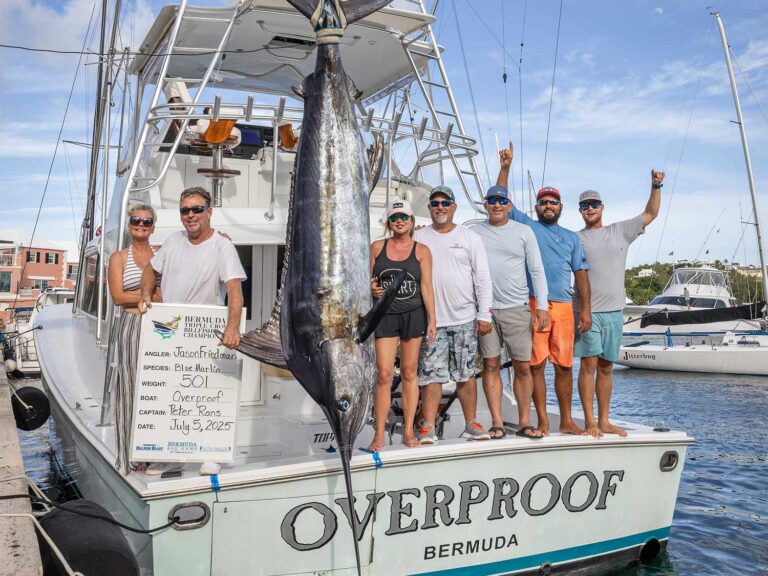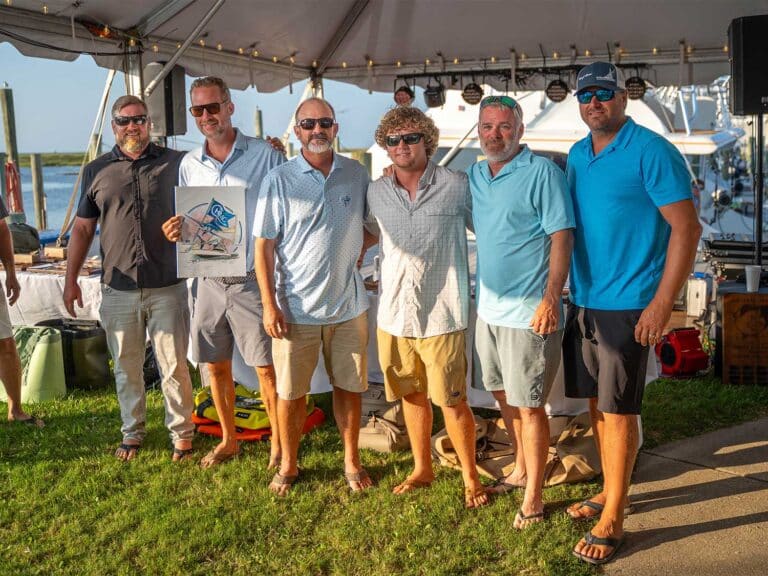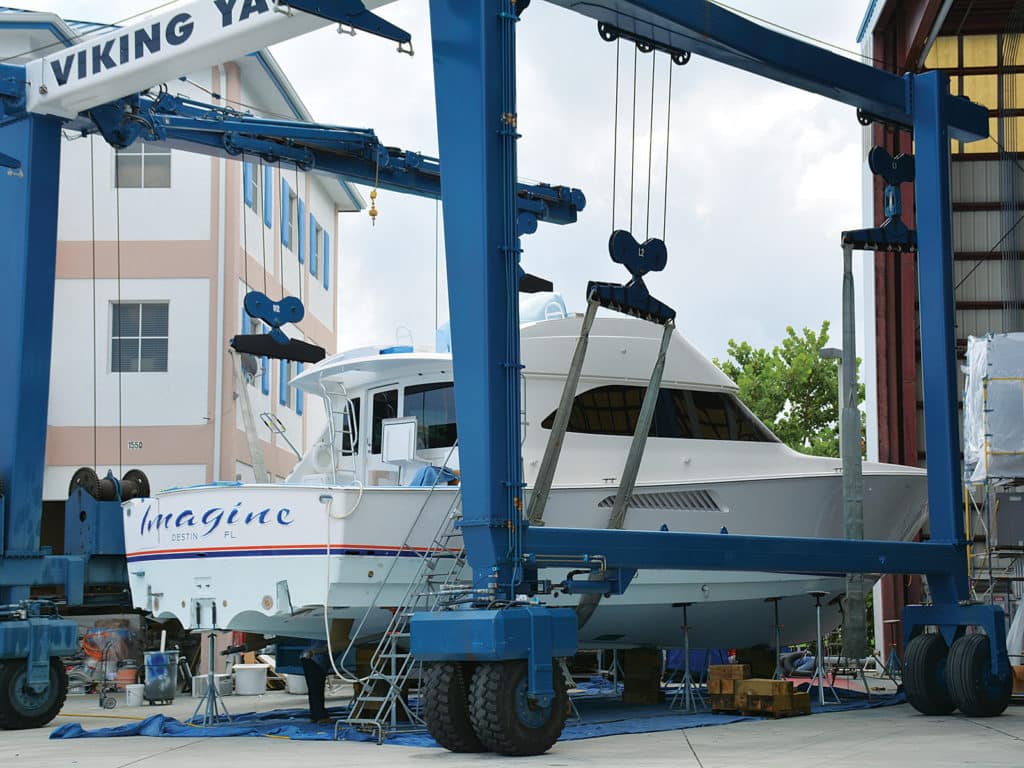
Imagine entering a tuna or billfish tournament a few weeks ahead of your new-boat delivery only to discover you will be unable to get a Highly Migratory Species permit in time for the event because an official number has not been issued by the U.S. Coast Guard. Fortunately, there is a way to expedite the documentation process — but only in certain situations and with the right help.
What is Coast Guard Documentation?
Most sport-fishing boats are, or should be, documented with the Coast Guard. Vessel documentation is essentially a national form of registration that is performed through the National Vessel Documentation Center. Generally speaking, all vessels of 5 net tons or more in volume engaged in fishing activities on the navigable waters of the United States, in the Exclusive Economic Zone or used in coastwise trade must be documented unless they meet a specific exemption. Documentation provides internationally accepted evidence of nationality, allows for unhindered commerce between the states, and admits vessels to certain restricted trades, including coastwise trade and the fisheries. Documentation is also important in the field of marine financing due to the availability of first-preferred mortgages on documented vessels.
Requirements for Documentation
The general requirements for documentation include demonstration of proper ownership of the vessel, U.S. citizenship by the principal owners, and eligibility for requested endorsements (fishery, coastwise, etc.). For new boats, vessel ownership is established by a Builder’s Certificate or a properly transferred Manufacturer’s Certificate of Origin. For used vessels, a Coast Guard Bill of Sale is the most common evidence for the transfer of ownership. In either case, an application for documentation is required, which identifies citizenship and other information about the new owner and the endorsements being sought.
A Certificate of Documentation identifies a vessel’s nationality and is an internationally recognized document.
Delay in Processing
Unfortunately, the Coast Guard is consistently backed up in the processing of applications, so there is a significant delay before applicants receive their Certificate of Documentation. The NVDC updates the processing times weekly on its website. As of writing this column, the processing of applications was delayed two and a half months. This poses a serious problem for owners who plan to take their boat to a foreign jurisdiction soon after its purchase. A Certificate of Documentation identifies a vessel’s nationality and, as such, is an internationally recognized document. Thus, documented vessels hold various rights and privileges not afforded to state-titled vessels. This can be problematic because many, if not most, jurisdictions require presentation of the Certificate of Documentation at the time of customs clearance.
The delay in processing can be a twofold problem for new boats that have never been issued an official number by the Coast Guard. More specifically, many states will not register a boat to be documented until it has an official number; without an official or state registration number, it is oftentimes impossible to get various fisheries permits necessary to catch certain species. I have seen it happen to several brand-new sport-fishers whose owners wished to fish an upcoming tournament but were unable to do: They couldn’t get an HMS permit because the Coast Guard hadn’t issued them an official number.
Priority Requests
Fortunately, there is a way to expedite the documentation process, but only in certain situations. An applicant can file a priority request with the NVDC. If approved, the request can reduce the processing time from a few months down to as soon as one to two weeks. A request for expedition must identify the reason priority handling should be approved. The most common reason for a priority request is foreign travel to a predetermined location on a date shortly after an application has been filed. However, if an official number or the original Certificate of Documentation is needed for other reasons in a short period of time, a priority request is a legitimate option. There is no guarantee it will be approved, but typically the NVDC is open-minded about such requests. That being said, the request must comply with various guidelines and contain a statement signed by the owner acknowledging that false information provided to the NVDC may result in forfeiture of the vessel to the United States government. Thus, it is important not to lie or even stretch the truth on such a request.
Use a Documentation Agent
Basic documentation is not an overly complicated process, but it is wise to hire a documentation agent due to their familiarity with the process, forms and regulations. Some maritime law firms such as ours also have in-house documentation specialists who offer the same services at a competitive fee structure but also work directly with lawyers, which can be helpful if a complex issue arises. Most firms and agents provide clients with a running letter until they have their documentation and registration. In the event our client is pulled over on the water by law enforcement, they can present the letter to the officer, who can then call us or the Coast Guard to verify the status of the vessel’s application for documentation. Typically the documentation services provided justify the fees, especially when dealing with uncommon scenarios and complex matters such as priority requests.
Raleigh P. Watson is a contributing author, and a Partner at Miller Watson Maritime Attorneys.
